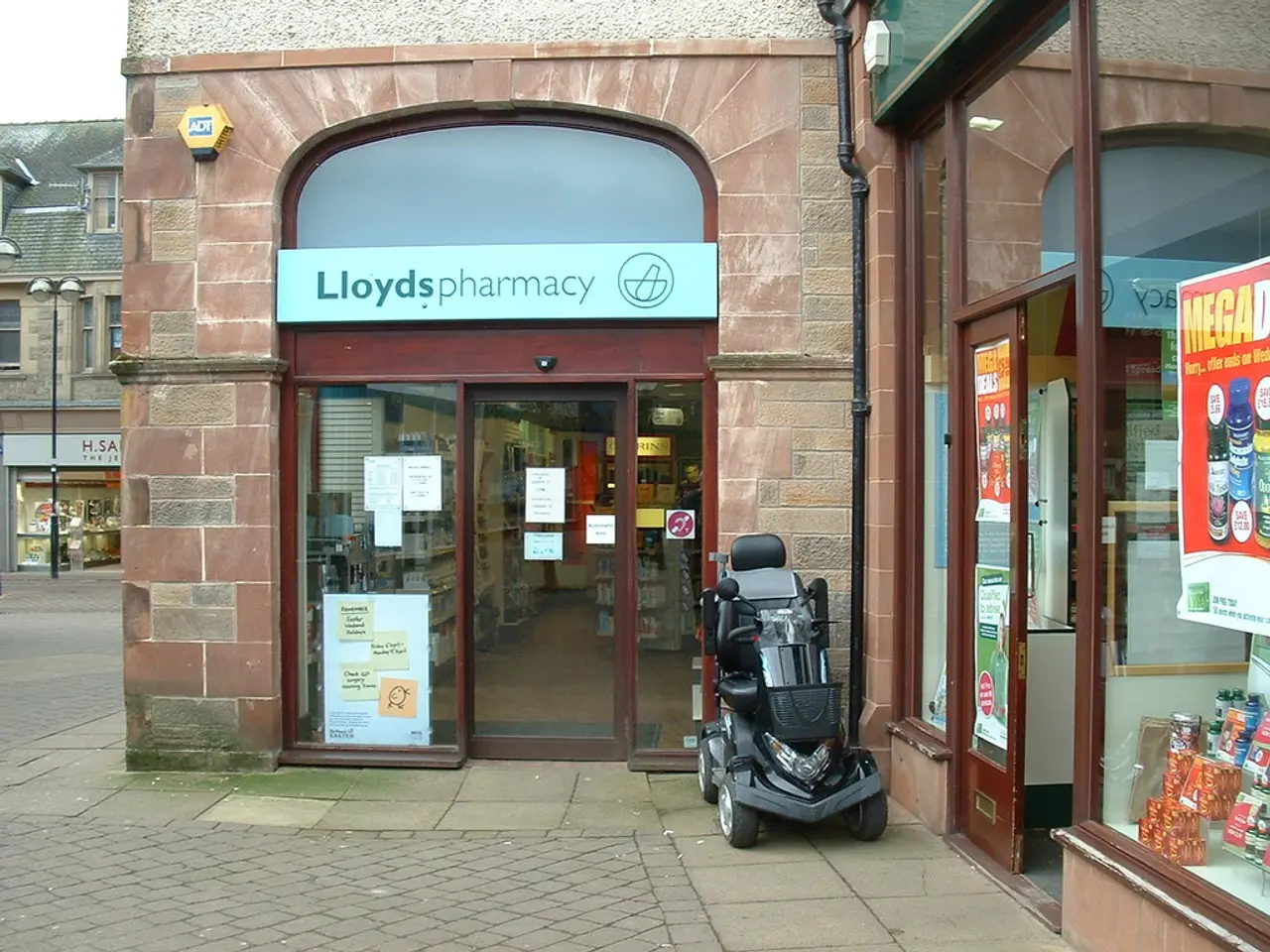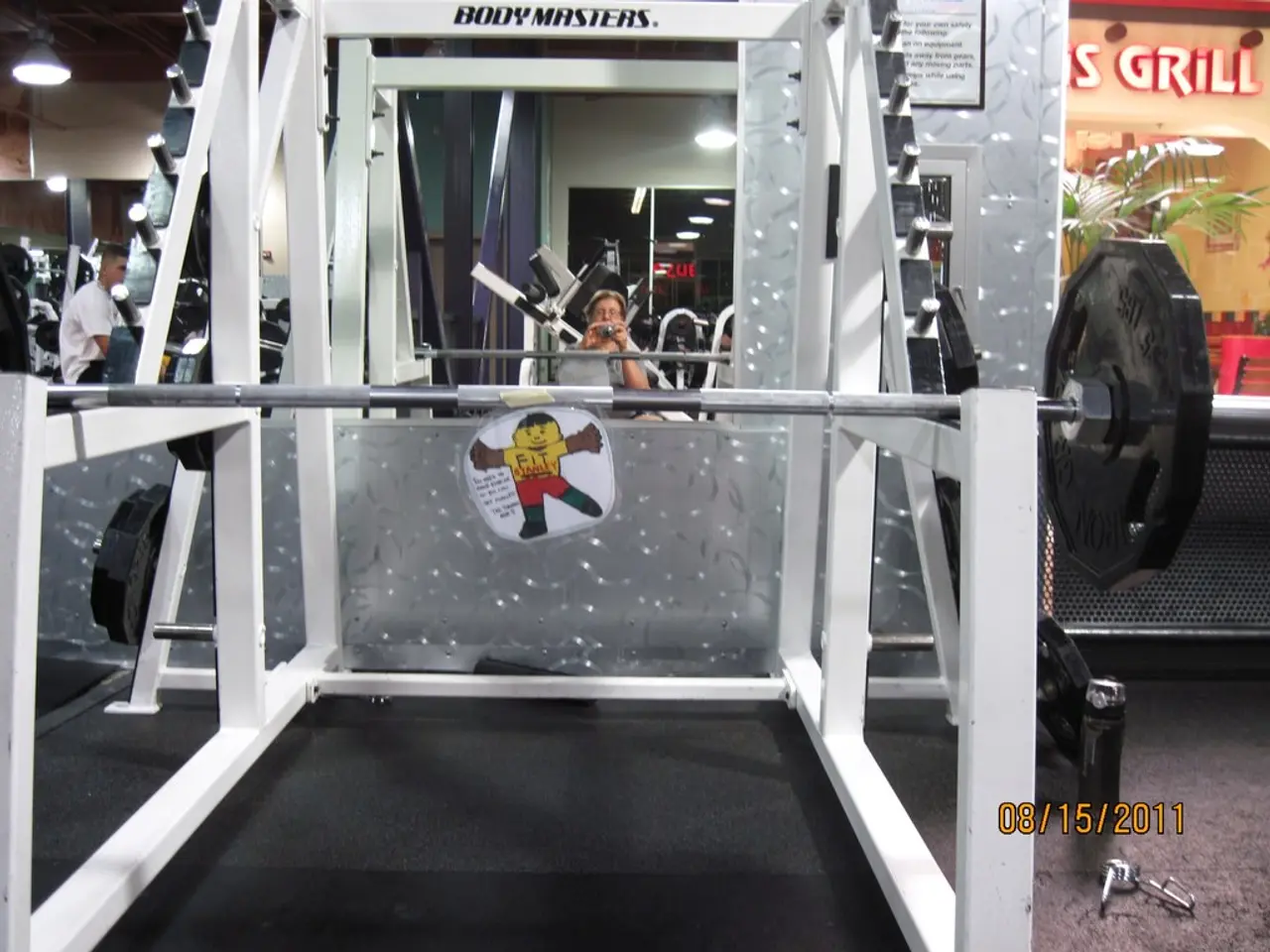Duping natural facial expressions: Exceptional voluntary control for expressions depicting disgust
New Study Reveals Differences in Motor Control of Facial Expressions
A recent study has delved into the intricate world of motor control in facial expressions, revealing distinct pathways and mechanisms that set it apart from limb movements. The research, conducted using automated analyses of facial expressions with computer software and event-related-potentials, aimed to understand the impact of emotion in preparing and revoking a prepared expression.
The study investigated motor control over three facial expressions: smiles, disgust, and emotionally neutral jaw drops. It was found that spontaneous facial expressions (such as real smiles) and posed (voluntary) expressions arise from different neural pathways. Spontaneous expressions are controlled subcortically, particularly in the upper face, while voluntary expressions are controlled by the motor cortex via pyramidal tracts, especially in the lower face.
For emotional expressions like smiles and disgust, the motor control is finely tuned and involves both the neural circuits for voluntary and involuntary control, reflecting their complex social signaling functions. Emotionally neutral jaw drops, by contrast, likely involve simpler motor actions under voluntary control, but their emotional neutrality suggests less engagement of emotion-specific motor pathways.
The study also found that reprogramming costs, in the form of longer reaction times (RTs), were more pronounced for smiles and jaw drops than for disgust. This suggests a potential difference in reprogramming costs for different facial expressions.
Intriguingly, the data from the P3 component of the study indicated more efficient updating of the correct response in brain systems responsible for motor control. Larger validity effects of the P3 component were observed when disgust was the target response, indicating a possible triggering of automatic emotional responses.
However, the study did not find that priming with dynamic facial expressions affected reaction times. Instead, it found that priming participants with dynamic facial expressions improved performance accuracy compared to symbolic abstract stimuli.
The study's findings highlight the specialized nature of motor control of facial expressions, involving distinct neural pathways that differ by facial region and type of expression (spontaneous vs. posed). This motor control affects not only the expression but also emotion perception through feedback. It is more complex and organized differently than limb motor control, reflecting the critical social and emotional roles of facial expressions.
The research provides valuable insights into the intricate world of facial expressions, paving the way for further studies in this area. Understanding the motor control of facial expressions can help us better understand human social interactions and emotional processing.
References:
- Advanced Robotics
- Nature Reviews Neuroscience
- Journal of Neurophysiology
The new study delves into the motor control of facial expressions, a field of science intertwined with health-and-wellness and mental-health, revealing that it involves different neural pathways compared to limb movements. Interestingly, eye tracking could potentially be used to investigate the automatic emotional responses triggered during the motor control of facial expressions, providing further insights into mental-health and health-and-wellness.




